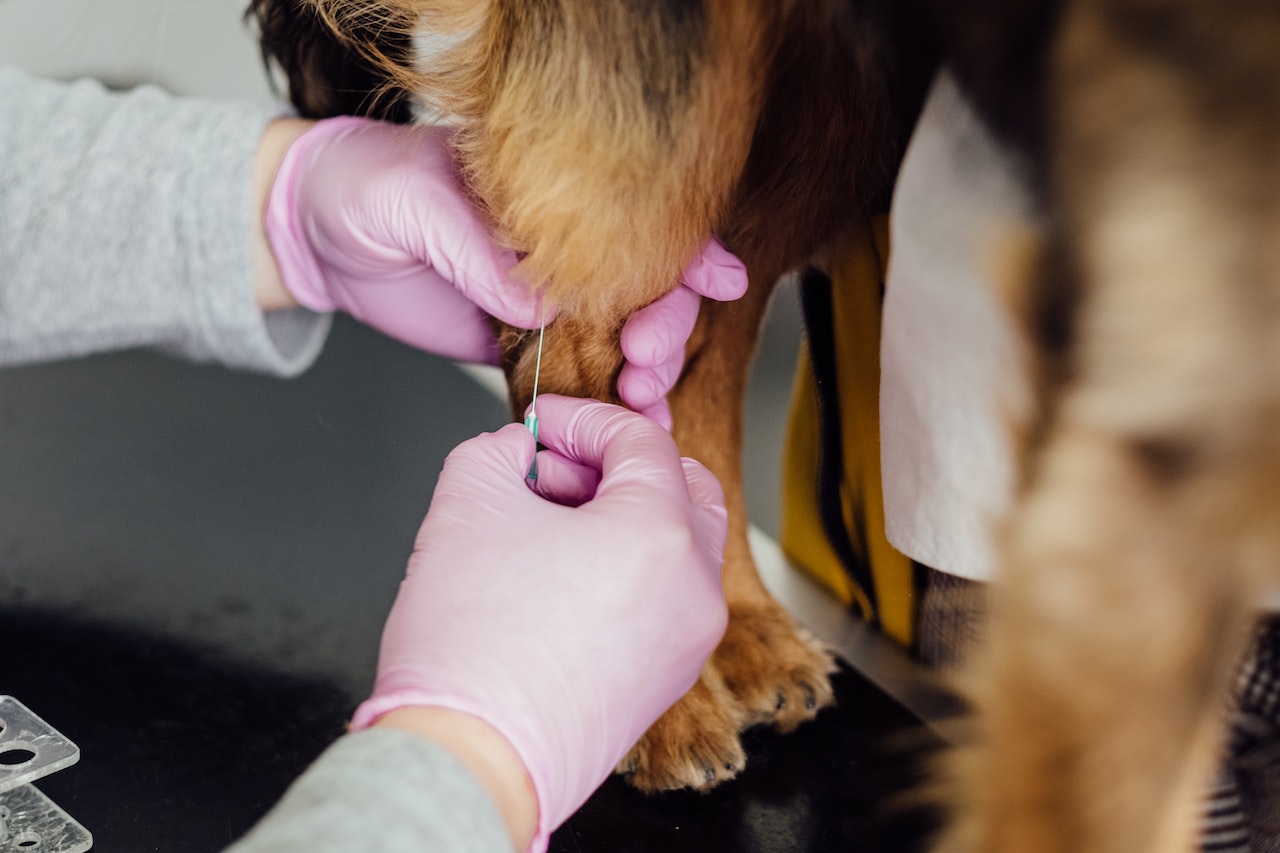Heeling looks very impressive but you may be surprised that is generally easier to teach than polite leash walking!
This is because you are teaching it as a planned and cued behaviour, rather than a set of manners that your dog needs to follow at all times, which is the case for polite leash walking.
What you need
-
A quiet and safe setting that your dog is very familiar with. Ideally, a corridor inside your house
-
A hungry dog and some food/treats that he is excited to get
Have you noticed that I didn't say you need a leash? It is much easier to teach heeling without one, as holding on to the leash and potentially tightening it would wrongly teach your dog to pull.
Start training
Call your dog over and lure him to the side that you want him to heel at. You need to choose one side and stick to it to avoid confusing your dog.
At the start, give him a treat just for being in this position. Then make a small step forward and as he catches up, give him another treat. Slowly increase the distance of the step.
When your dog is confidently walking with you on the side, add a verbal cue that would be his future command whenever you want him to heel. You can use any word you want.
The way to do this is to lure your dog over to your side and just as he is looking at you, clearly say your chosen verbal cue (I often use “close”, “heel”, “ignore” or “nicely”). Then start walking as usual, with your dog walking closely to your side.
Just before offering your dog the reward, give him a release cue, such as “done”, “finished” and “off you go”, so that he knows that the behaviour is completed.
Once your dog has mastered this, slowly increase the surrounding distractions and the distance that you require him to walk before offering a reward.
Please always be safe; if you are practising this outside with your dog off-leash, choose a securely enclosed area.
Great additional exercises
-
Get your dog to walk next to you while you frequently change direction. Be careful not to yank your dog if he's on-leash. It is perfectly fine for him to feel like he needs to keep an eye on you, as you are being unpredictable
-
Practise changing speeds all the time. Again, it is your dog’s job to adjust to whatever pace you are going at
And that's it! I hope that you've learnt something from this series. Both polite leash walking and heeling have their own benefits and are important in ensuring that walks with your dog are safe and enjoyable.
Don't miss the first two parts of the "Mastering the Walk" series:
Part 1: The difference between polite leash walking and heel walking
Part 2: How to teach your dog polite leash walking
Written by Barbara Wright
Barbara Wright is the founder of Positive Puppies, Sydney's premier dog training, walking, and boarding company. She is an honours graduate of the Academy for Dog Trainers at San Francisco SPCA with Jean Donaldson. Barbara is a mother of five - two children, a Border Collie called Ace and two free-flying Cockatiels.

![Mastering the Walk [Part 3]: How to Teach Your Dog to Heel](http://vanillapup.com/cdn/shop/articles/iStock-Dog_Heeling_by_woman_s.jpg?v=1687621887&width=1500)

![Mastering the Walk [Part 2]: How to Teach Polite Leash Walking](http://vanillapup.com/cdn/shop/articles/pexels-samson-katt-5255592.jpg?v=1687604876&width=1280)